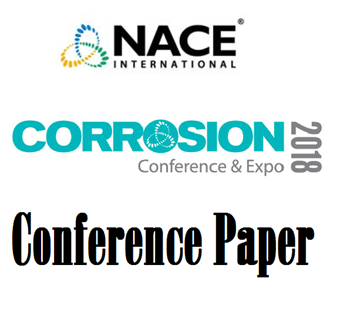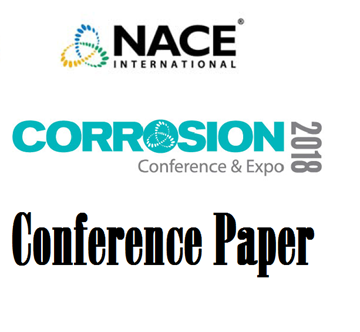Search
51318-11664-Corrosion of High Entropy Alloys in Molten Salts
Also Purchased
51318-11690-Effect of Austenite Stability In Pack Aluminizing of Stainless Steels
Product Number:
51318-11690-SG
Publication Date:
2018
$20.00
51318-11678- Selection of Salts and Containment Materials for Solar Thermal Energy Storage
Product Number:
51318-11678-SG
Publication Date:
2018
$20.00
51318-11641-Practical Cost-Benefit Analysis For Pipeline Corrosion Management
Product Number:
51318-11641-SG
Publication Date:
2018
$20.00
Recently viewed




